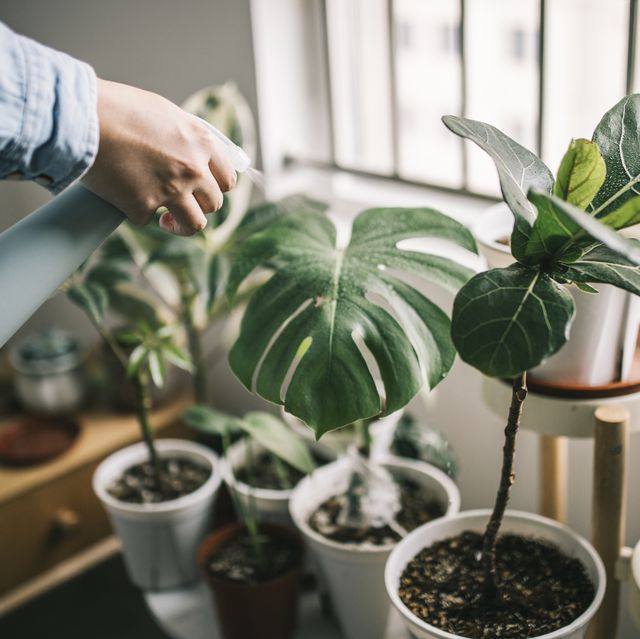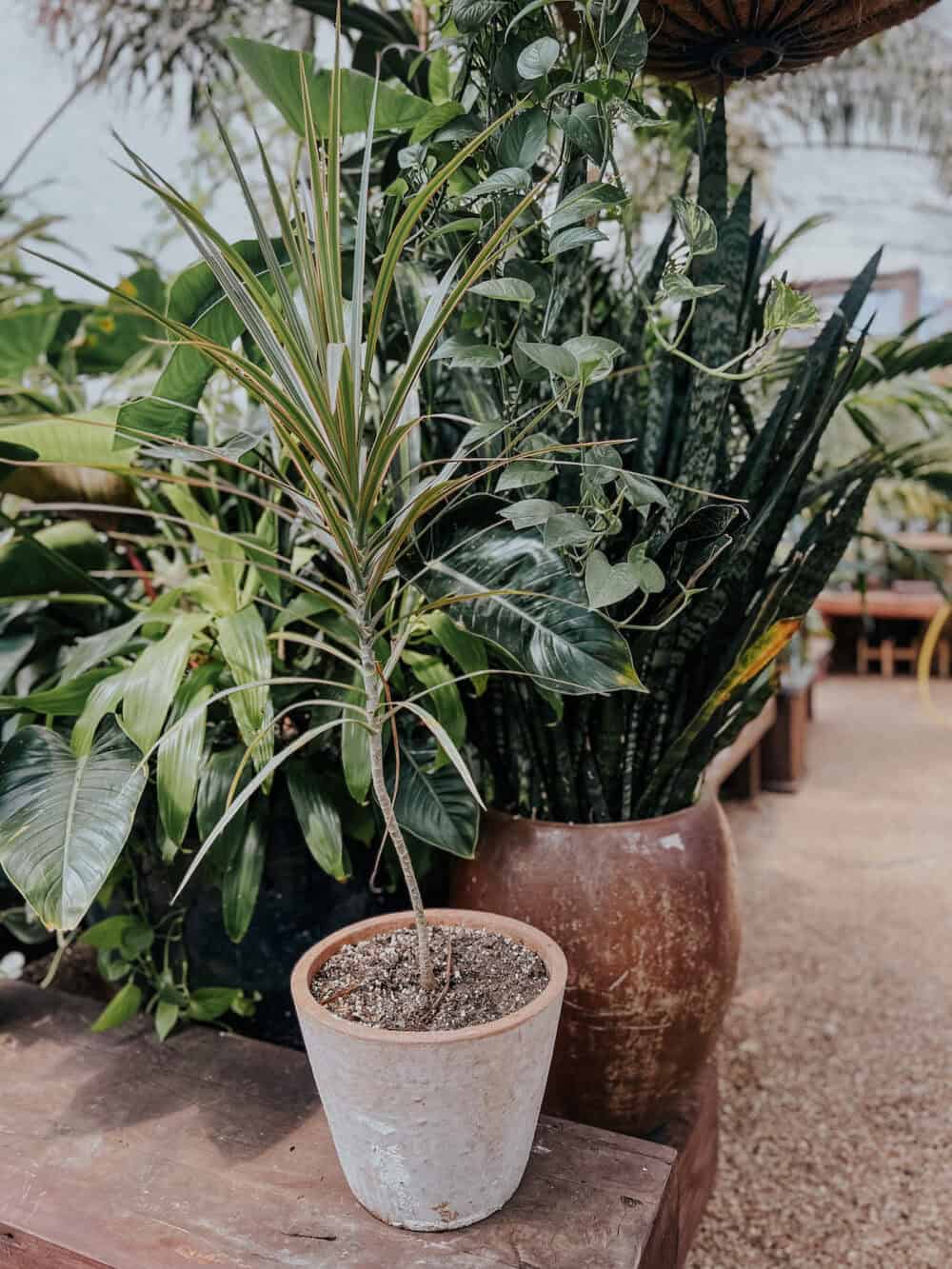Low Maintenance and Beautiful: Best Low-Light Indoor Plants for Your Home
Low Maintenance and Beautiful: Best Low-Light Indoor Plants for Your Home
Blog Article
Transform Your Home With Beautiful Low-Light Indoor Plants and Their Advantages
Integrating low-light interior plants into your home can significantly boost both the aesthetic and environmental top quality of your home. These plants, which prosper in dark problems, serve not only as decorative components but additionally as all-natural air cleansers, making them ideal for metropolitan residents or those with minimal sunlight exposure. As we check out the different kinds of low-light plants and their advantages, you may find unexpected methods to integrate them right into your home that can transform your environments in methods you might not have actually expected.
Advantages of Low-Light Plants
Low-light plants use numerous benefits for interior settings, making them an excellent selection for both beginner and seasoned garden enthusiasts. One of the primary benefits is their versatility to low-light problems, enabling individuals to improve their space without the requirement for considerable sunshine exposure. This particular makes them suitable for apartments, workplaces, and various other areas with restricted all-natural light.

Furthermore, incorporating low-light plants into home décor can elevate the visual appeal of a room. Their lavish vegetation and differed textures create a calming atmosphere, contributing to general health. Finally, the visibility of plant has been connected to reduced stress degrees and enhanced productivity, making low-light plants a sensible selection for improving both physical and mental health and wellness in interior settings.
Top Low-Light Indoor Plants
While several interior plants flourish in bright light, a number of varieties are especially fit for low-light problems, making them ideal for numerous indoor rooms. One popular choice is the Snake Plant (Sansevieria), understood for its striking upright fallen leaves and durability, requiring minimal care. One more superb choice is the Pothos (Epipremnum aureum), which features heart-shaped fallen leaves and can track perfectly from shelves or wall mounts, flourishing in low light and adding a lush touch.
The ZZ Plant (Zamioculcas zamiifolia) is commemorated for its shiny fallen leaves and capability to withstand forget, making it perfect for busy way of livings. The Tranquility Lily (Spathiphyllum) not only endures reduced light yet additionally produces sensational white blooms, enhancing any room's visual.
For an one-of-a-kind touch, think about the Cast Iron Plant (Aspidistra elatior), which undoubtedly measures up to its name, flourishing in the darkest edges of your home. Lastly, the Chinese Evergreen (Aglaonema) provides a selection of leaf patterns and shades while being exceptionally forgiving in low-light problems. These plants not just improve indoor settings however also add to air filtration, improving your home.
Care Tips for Low-Light Plants
:max_bytes(150000):strip_icc()/low-light-houseplants-asparagus-fern-getty-1123-74a20afe3f9249ce947a337e497b84ec.jpg)
Watering methods are essential; these plants commonly favor slightly completely dry problems. Overwatering can cause root rot, so make certain that the leading inch of dirt is dry before watering once more. Usage pots with drainage openings to permit excess wetness to escape.
Moisture is another important element. Lots of low-light plants, such as ferns and tranquility lilies, take advantage of higher humidity levels. To enhance humidity, take into consideration misting the leaves or placing a link tray of water near the plants.
Fertilizing ought to be come close to with caution. Throughout the growing season, use a watered down, well balanced liquid fertilizer each month to support growth, however avoid feeding during the dormant wintertime months.

Imaginative Ways to Display Plants
Indoor plants can serve as captivating prime focus in any type of room, improving both visual allure and atmosphere. Creative display screens can raise the visual effect of low-light plants, making them an indispensable component of your home decoration. One effective method is to make use of tiered plant stands, which enable you to showcase several plants at varying elevations while making the most of flooring area.
Hanging planters are an additional ingenious alternative, creating a sense of deepness and attracting the eye up. Think about macramé hangers or wall-mounted shelves to present an one-of-a-kind structure and design.
For a more structured approach, use geometric terrariums or glass containers to house your plants, adding a modern touch to your indoor yard. You can likewise repurpose vintage products, such as teacups or wood cages, for a diverse screen that mirrors your personality.
Enhancing Home Ambiance With Plants
Incorporating low-light plants right into your home not just enhances visual charm but additionally adds significantly to the overall setting. These plants work as all-natural design components, introducing a sense of peace that can transform any area. The existence of greenery fosters a calming atmosphere, which is especially useful in high-stress atmospheres such as home offices or living areas.
Low-light plants, such as serpent plants, pothos, and ZZ plants, are not only visually pleasing yet also enhance interior air quality by filtering toxins. This twin feature boosts the atmosphere even more, developing a healthier living area (Best low-light indoor plants). The critical positioning of these plants can also influence the understanding of room; as an example, tall plants can attract the eye upward, making ceilings show up higher and areas much more sizable
Furthermore, differing structures and shades of vegetation add depth to interior decoration, permitting innovative expression in home styling. Whether put on shelves, in corners, or as focal points, low-light plants can elevate the mood of any type of space. In recap, integrating these plants into your home is an effective means to promote a cozy, welcoming ambience while enjoying the benefits of improved air high quality and visual flexibility.
Conclusion
Including low-light indoor plants right into home atmospheres provides numerous advantages, including enhanced aesthetic appeal and enhanced air top quality. These resilient plants, such as the Serpent Plant and Tranquility Lily, call for marginal light and upkeep, making them appropriate for varied lifestyles. Go Here Their capacity to filter contaminants adds to a healthier space, while their varied structures and shades enhance indoor style (Best low-light indoor plants). Ultimately, the incorporation of low-light plants promotes a serene and inviting ambiance, transforming any home right into a serene oasis.
While many indoor plants prosper in intense light, numerous types are particularly well-suited for low-light conditions, making them perfect for numerous indoor rooms. One reliable approach is to make use of tiered plant stands, which allow you to showcase several plants at varying heights while making the most of floor room.
Low-light plants, such as serpent plants, pothos, and ZZ plants, are site not just aesthetically pleasing yet also enhance indoor air top quality by filtering toxins. Best low-light indoor plants. The calculated placement of these plants can also influence the understanding of area; for instance, tall plants can attract the eye up, making ceilings show up higher and spaces a lot more spacious
These durable plants, such as the Snake Plant and Tranquility Lily, call for minimal light and maintenance, making them ideal for varied lifestyles.
Report this page